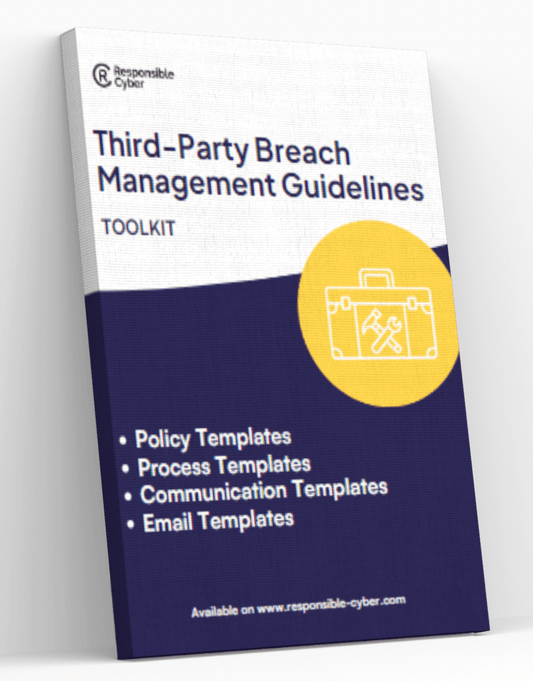The Complex World of Third Parties: Understanding the Hidden Risks and Opportunities

When we think of third parties, we often focus on suppliers, but the reality is that any external business entity with a contractual relationship with your company is a third party. This includes customers, outsourced service providers, SIAM providers, insourced services, resource augmentation providers, and consultants. Understanding the nuances of these diverse third-party relationships is crucial for driving your business forward and mitigating hidden risks.
The Overlooked Risk of Customers as Third Parties
Customers are often only reviewed from a credit risk perspective, but they can pose a significant risk to your business. By understanding the contractual relationship with your customers, you can better manage this risk and identify opportunities for growth.
For example, a customer with a history of late payments or disputes can create cash flow issues and damage your reputation. Additionally, if a customer has access to sensitive information or systems, they can pose a cybersecurity risk. On the flip side, by analyzing customer data and feedback, you can uncover new product or service opportunities that better meet their needs, leading to increased loyalty and revenue.
Outsourced Services - The New Norm
Outsourced services, such as SaaS, PaaS, and IaaS, are becoming the norm for IT companies. However, this can lead to complex relationships and hidden risks. By understanding the contractual agreements and the technology provided, you can better navigate these relationships.
When outsourcing services, it's essential to carefully review the service-level agreements (SLAs) and ensure that they align with your business requirements. Additionally, you need to assess the security and compliance measures of the service provider to mitigate the risk of data breaches or regulatory non-compliance. Proactive monitoring and communication with your outsourced providers can help you identify and address issues before they escalate.
SIAM Providers - The Conductors of the Third-Party Orchestra
SIAM providers manage all other suppliers on your behalf, ensuring a seamless experience. But, this also means they have access to sensitive information and can pose a significant risk if not managed correctly.
SIAM providers act as the central point of contact for all your third-party relationships, coordinating activities, resolving issues, and ensuring service delivery. While this can be highly beneficial, it also means that SIAM providers have a significant amount of control and access to your data and systems. Careful due diligence, robust contractual agreements, and regular performance reviews are essential to mitigate the risks associated with SIAM providers.
Insourced Services - Keeping it In-House
Insourced services are the opposite of outsourced services, where you keep responsibilities in-house. This can lead to better control and management of risks, but also requires significant resources and expertise.
By maintaining certain services and functions within your organization, you can have more direct control over the quality, security, and compliance of those activities. However, this also means that you need to invest in the necessary infrastructure, talent, and processes to manage these services effectively. Careful planning, resource allocation, and ongoing monitoring are crucial to ensure the success of your insourced services.
Resource Augmentation Providers - The Superheroes of Third Parties
Resource augmentation providers bring in consultants, contractors, and other non-employee team members to work on projects as if they were permanent employees. This can provide significant expertise and flexibility, but also requires careful management.
When working with resource augmentation providers, it's essential to have clear expectations, well-defined roles and responsibilities, and effective communication channels. Additionally, you need to ensure that these temporary team members have the necessary skills, security clearances, and access to the required resources to contribute effectively to your projects.
Consultants - The Special Ops of Third Parties
Consultants are like the special operatives of the third-party world, working on specific projects with specific outputs and timelines. They bring unique expertise, but also require careful management to ensure success.
Engaging consultants can provide your organization with specialized knowledge and expertise that may not be available in-house. However, it's crucial to have a clear scope of work, defined deliverables, and a robust contract in place to ensure that the consultant's work aligns with your business objectives. Regular progress reviews, feedback, and performance assessments can help you get the most value from your consultant engagements.
Conclusion
The world of third parties is complex and multifaceted. By understanding the different types of third-party relationships, you can better navigate this landscape and make informed decisions that drive your business forward. Don't overlook the hidden risks and opportunities in your third-party relationships - take control and manage them effectively to ensure success.







